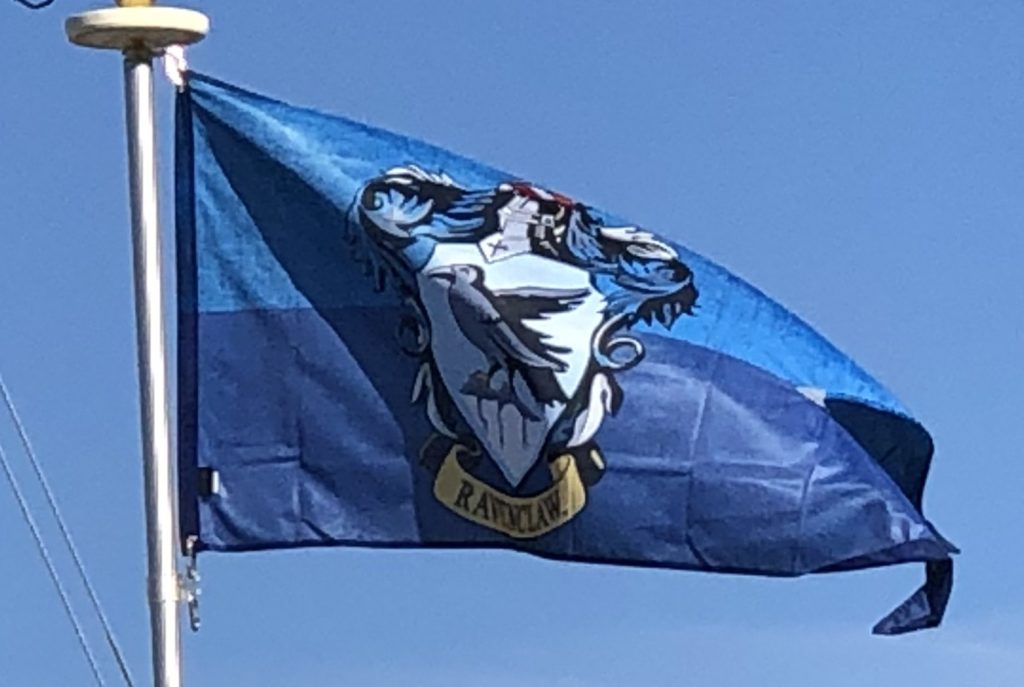Introduction:
A brief introduction to all things Hogwarts was provided in the previous post about Gryffindor house. Comprehensive information is found on the Pottermore site.
Ravenclaw is one of the four Houses of Hogwarts School of Witchcraft and Wizardry. Its founder was a medieval witch Rowena Ravenclaw. Members of this house are characterized by their wit, learning, and wisdom. The emblematic animal is symbol is an eagle, and blue and bronze are its colors. The Head of Ravenclaw is Filius Flitwick and the house ghost is the Grey Lady, otherwise known as Helena Ravenclaw.
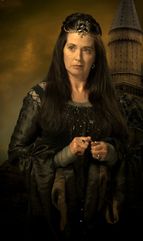
Ravenclaw corresponds roughly to the element of air, and it is for that reason that the House colours were chosen; blue and bronze represent the sky and eagle feathers respectively, both having much to do with air. The Ravenclaw points hourglass contains blue sapphires.
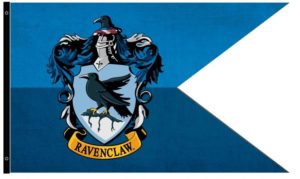
Traits:
“Wit beyond measure is man’s greatest treasure.”
— Rowena Ravenclaw, the founder of Ravenclaw
Ravenclaw House prizes learning, wisdom, wit, and intellect in its members. Thus, many Ravenclaws tend to be academically motivated and talented students. They also pride themselves in being original in their ideas, and methods. It’s not unusual to find Ravenclaw students practicing especially different types of magic that other houses might shun. Hermione Granger, an extremely intelligent witch and the top student in her year, was sorted into Gryffindor, though she admitted that the Sorting Hat had seriously considered placing her in Ravenclaw.
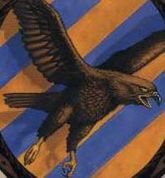
Often hard-working and diligent, as often is the case with intellectuals with a predisposition for academics, some of the pupils sorted under the blue-bronzed eagle are known to be inclined to dismiss certain social expectation for the sake of satisfying their own intellectual curiosity. Some of these eventually also ended up being not only accepted, but even celebrated, in spite of being initially subjected to scorn for their various oddities. Luna Lovegood, for example, was one such student: Eccentric to put it at its mildest, she was a Ravenclaw student who initially was bullied for her open defiance of conventionality, but ultimately became a celebrated wizarding naturalist and renowned for her participation in the legendary Battle of Hogwarts and past membership in Dumbledore’s Army. Another example would be Professor Filius Flitwick, a half-goblin who might have faced scorn for his short stature earlier in life but went on to become a renowned Duelling Champion, and subsequently one of the finest and most knowledgeable Charms Masters in the entirety of the wizarding world during his employment at Hogwarts School of Witchcraft and Wizardry.
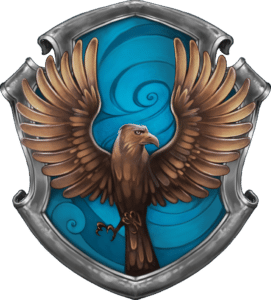
Ravenclaws tend to be curious about the world and pay attention to the world around them. Ravenclaws are known to be logical and rational.
Even so, not all Ravenclaws were motivated by academic prowess. Examples of such individuals included Gilderoy Lockhart and Cho Chang, both of whom sought to use the good name and renown of their house, the inherent expectations of certain academic prowess that comes with being sorted into it as well as the often somewhat natural ability of its members to gain popularity among their peers, which particularly was the case of the former, proving true the fact that a good student did not necessarily make a good witch or wizard.
Reputation:
According to Slytherin prefect Gemma Farley, Ravenclaws are so competitive when it comes to academic success that they are known to back stab each other, and likely other students, in order to get top marks. While Hufflepuff prefect Gabriel Truman noted that they are so proud of the success of famous members, such as Laverne de Montmorency, that they claim any intelligent wizard as a member of Ravenclaw House, such as Bridget Wenlock, who was, in fact a Hufflepuff. Some Ravenclaws, such as Uric the Oddball, are also noted to have a propensity towards eccentricity.
